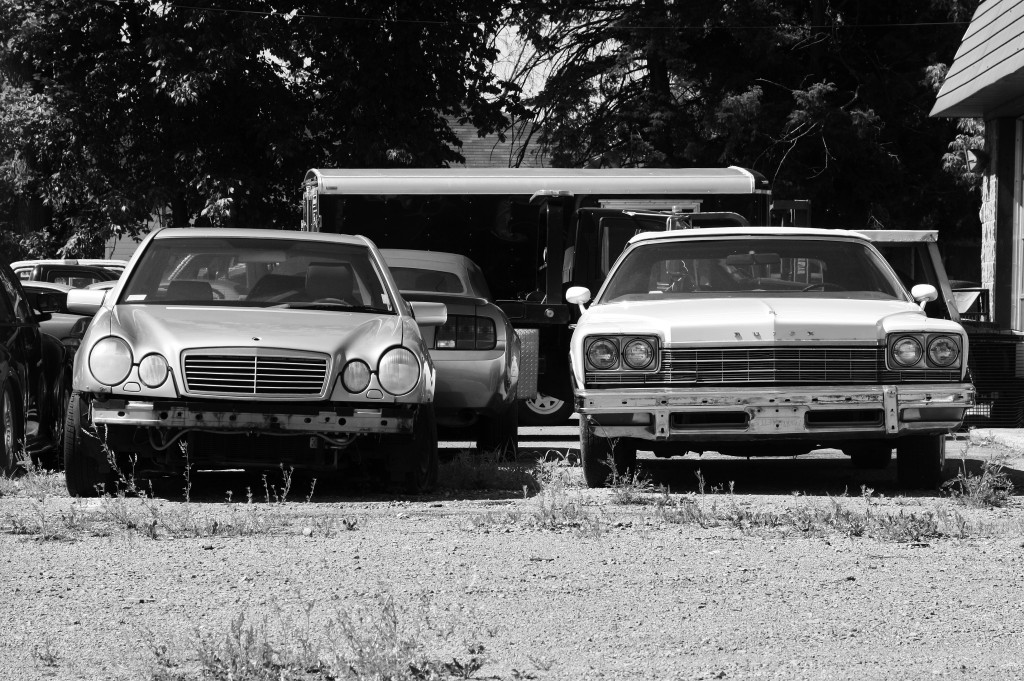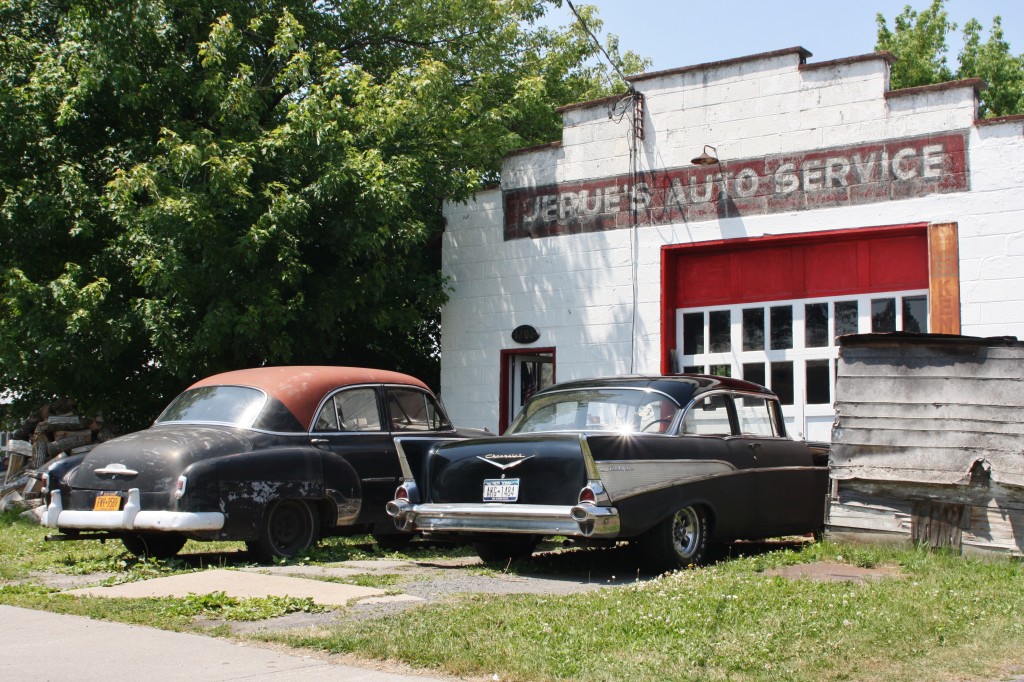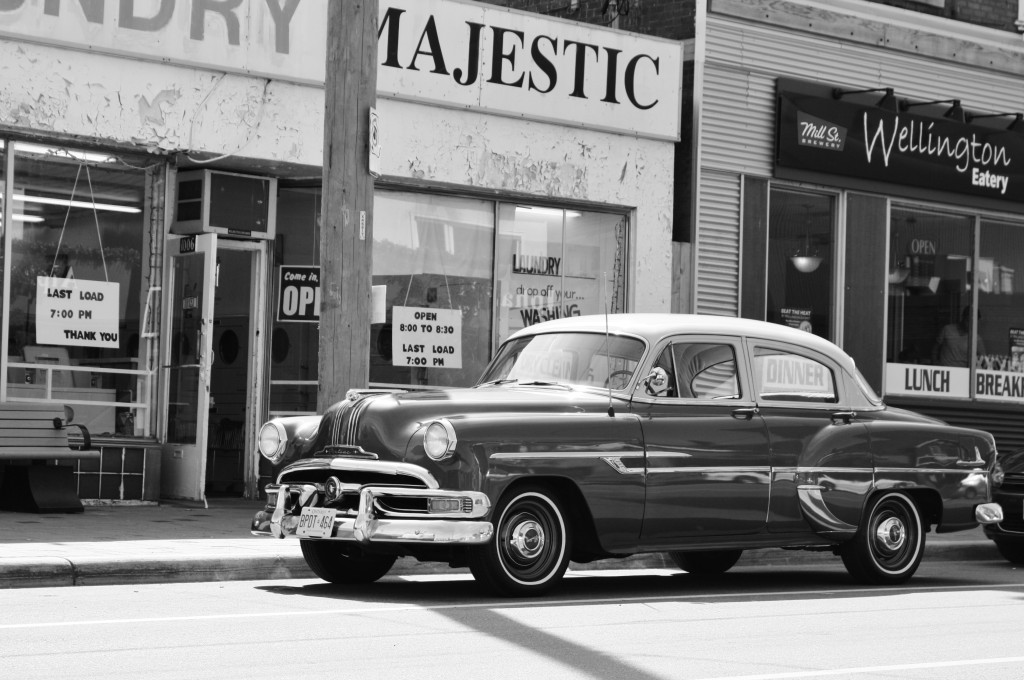April in Ottawa, Canada.
The glaciers have slowly receded following a winter that resembled something from a Roland Emmerich eco-disaster film, exposing formerly icebound treasures to the lukewarm spring sunshine.
Such bounty, too! Not just old coffee cups, but also mud, no-longer-frozen dog feces, more mud (I think), and the shovel that went missing after New Year’s.
However, on the roads – potholed and cracked as they are – the capital’s weary motorists are thumbing their nose at winter by (cautiously) getting their summer rides out. Last week I rounded the corner near my house to find a red, first-generation Pontiac Fiero parked at the curb.
This also would have been noteworthy in July – I mean, who still has one of these 80s relics?
The encounter sparked hazy childhood memories for me – especially the recollection of my mother forbidding me from going for a spin in my cousin’s Fiero, which I thought was second only to a Mustang for awesomeness. The reason had something to do with safety – the phrase death trap was tossed about quite a bit that day.
Certainly, acceleration-induced whipflash from the car’s standard Iron Duke inline-four wasn’t among those worries.
The 1984-88 Pontiac Fiero (Spanish for ‘fierce’, and ‘ferocious’) was far tamer than most drivers would have liked, despite its radical two-seat/mid-engine layout. The reason for this was GM’s need to make do with off-the-shelf suspension and drivetrain parts that formed the basis of such pulse-pounders as the Pontiac Phoenix and Chevrolet Celebrity – not to mention the pavement-scorching Chevette.

Not quite a Fiero: still, these Chevettes had more than a few parts in common with their two-seater stable mate.
Nothing spells performance quite like the heavy, horsepower-deficient Iron Duke, which, because of tight quarters in the engine compartment, was saddled with a shrunken oil pan that perpetually ran a quart low.
In an attempt to squeeze more juice out of this lemon, drivers often revved the Iron Duke too high, leading to widespread breakdowns. Media reports of engine fires served to saddle the car with a stigma that lasted, and GM tossed the hot potato before the 80s were finished.
In the end, models with the 2.8-litre V-6 and 5-speed manual were the closest the Fiero came to matching its own high-performance looks. I have to image the little wedge I saw parked around the corner had a V-6 stuffed behind the seats, as I can’t image anyone bothering to keep an Iron Duke on the road in this economy – even for the irony factor.



